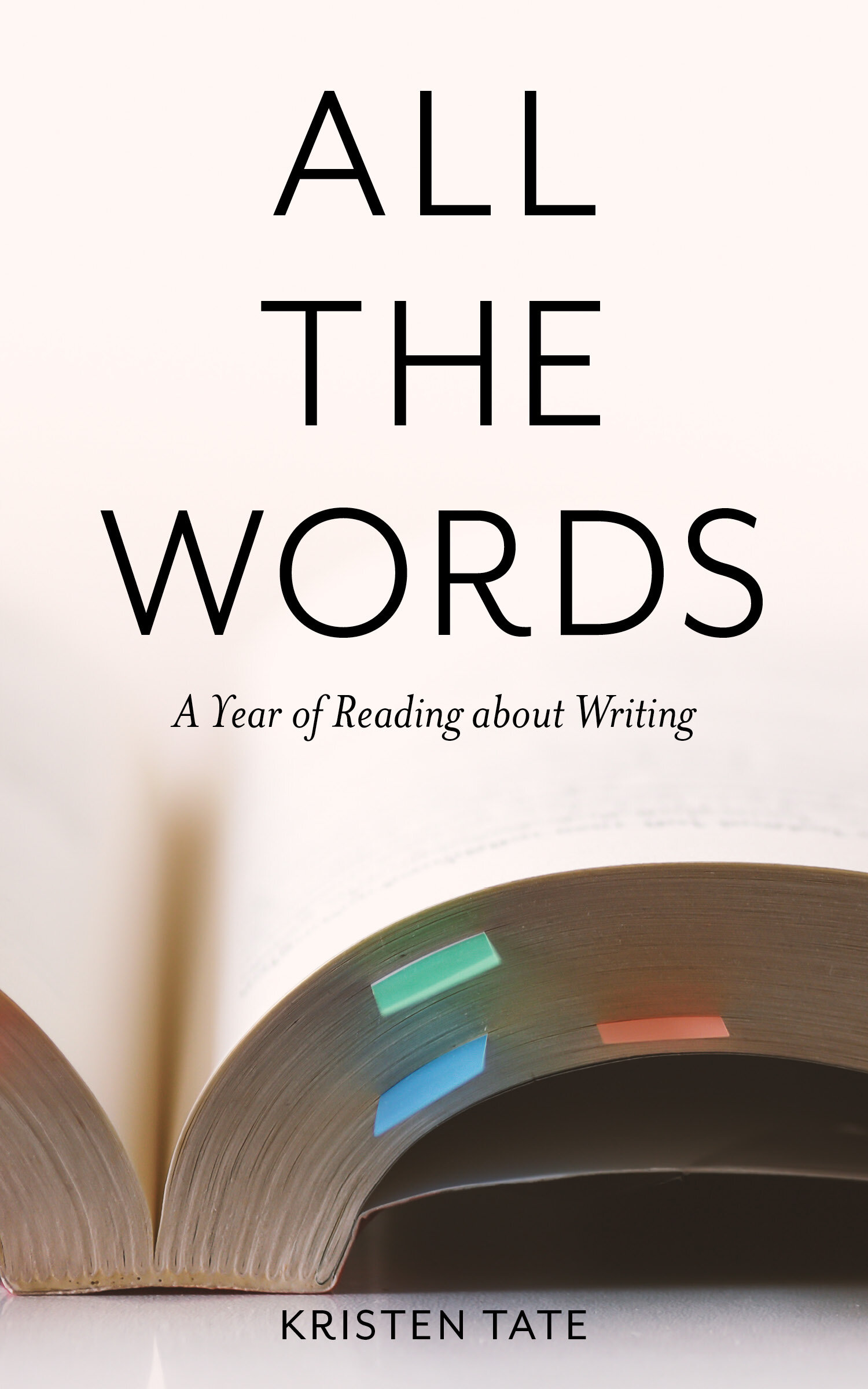Elements of Fiction Writing, by Jack Bickham
This is part of a series of weekly reviews of writing craft books written in 2019, later revised and collected in Kristen’s book All the Words: A Year of Reading About Writing. Read the first chapter or buy the book in our Shop.
It is week thirty-six of 2019. How did the writing go this week? Did you come back creaky after a long vacation or did you jump right into Fuck It Fall? Whichever it was, embrace the fresh new week ahead of you and block out time to do something creative. If you are still fishing for ideas, try out some of Twyla Tharp’s exercises from The Creative Habit.
Now, on to this week’s book, Jack Bickham’s Elements of Fiction Writing – Scene & Structure. Bickham has one idea in this book, but it’s a good one: cause and effect is the engine of every novel, powering both character development and plot. We’ve seen this point before; it’s a key element of Lisa Cron’s Wired for Story, among others.
Bickham’s book, however, will be of interest to authors of the action genres – especially suspense, thrillers, and mysteries – because his discussion is oriented around them. He even provides a sample “master plot” for a suspense novel, which could be a useful starting point for a pantser who wants to explore plotting and would like to work from a template. As Bickham points out, “Structure is a process, not a rigid format. Structure in fiction is not static, but dynamic.” Starting from a template can insulate you from the cold terror of the blank page, while also providing plenty of freedom for shape-building.
While I think Cron does a better job of explaining the deep psychological roots of our desire to see cause and effect at play in fiction, I think Bickham adds to the discussion by exploring how cause and effect plays out on the page in what he calls “scene and sequel.” Scene is what it sounds like: an action, a stimulus, an event, a character walking onto the page with a goal. The character’s response to the scene is the sequel; the subsequent reaction vaults the character (and reader) into another scene. Picture a line of dominoes – when you knock over your first story event, the scene > sequence > scene chain reaction keeps your plot moving forward until the last domino falls.
Pick up a favorite book and explore how the author uses this dynamic. The beginning of Tomi Adeyemi’s Children of Blood and Bone immediately came to mind for me. In the novel’s opening sequence, the protagonist Zélie is plunged into a series of events and inevitable reactions – new taxes on the outcast divîners, the loss of her father’s boat, her deep-seated guilt – that put her on a new path leading directly into the heart of a conflict much wider than herself.
What I think Bickham does so well in this book is to identify the sequel part of the equation as a space of special freedom for the writer. Bickham identifies three components of the sequel that build a bridge from one scene to another: emotion, thought, and decision. However, authors can compress, expand, or rearrange any of these at will because readers will fill in the gaps, especially later in the story when they are more familiar with your character’s psychology. This is the place for synecdoche and metonymy, for letting a telling gesture stand in for an emotion, or for playing with metaphor and simile to explore a character’s reactions. Experiment with interrupting the sequel with an unexpected new scene, or use it to layer in a flashback.
The sequel is also a place where a writer can use narrative summary to play with time. Two scenes might be connected by a simple transition that jumps over weeks of time, leaving the gap cloaked in darkness or using narrative summary to pick out a few revealing details. Or the transition point might be drawn out as the character internalizes the preceding scene. Perhaps the most famous example of this last possibility is chapter 42 of Henry James’s Portrait of a Lady, in which Isabel Archer meditates on a momentary interaction she has just glimpsed between her husband and his longtime friend. This scene is a pivot point for Isabel because she must go forward with new knowledge about herself and the other important figures in her life.
The possibilities are endless – and that’s where your creativity and artistry come into play. How are you going to tell us the story of a character coming to terms with their real identity, the story of two people falling in love, the story of a character stepping up to save their community? Your brain and your experiences will suggest causes and effects we haven’t seen before, connected in new ways. Novels are less like a line of dominoes and more like a Rube Goldberg machine. Get into your writing lab and start tinkering.
Here’s to building a cause and effect engine, y’all,
Kristen
Check out our Resources page for more in-depth articles on writing, revising, polishing, and publishing your novel. Sign up for our weekly newsletter for fresh content, and you’ll also get our free PDF with recommended reading for writers!


